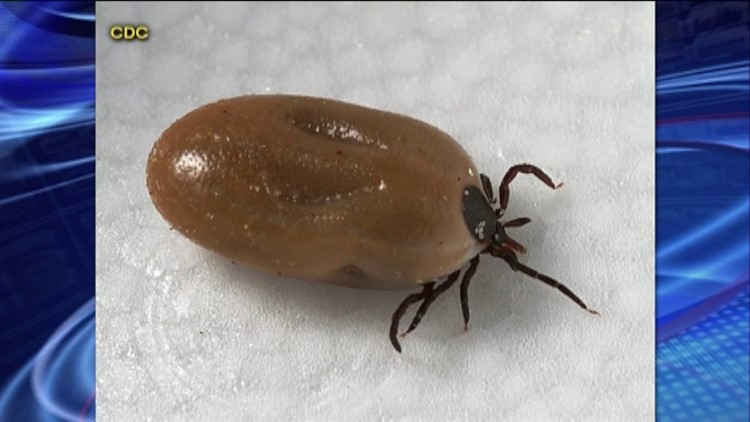FARMINGTON — State officials said they’ve seen an increase in the number of ticks this year, including those carrying diseases, earlier in the season than usual.
The Connecticut Post reports that more than 200 ticks have been submitted for testing to the state’s Agricultural Experiment Station in March, compared to 14 in March 2015. Officials say the number of ticks testing positive for the bacterium that cause Lyme disease is also higher than usual. The Connecticut Agriculture Experiment Station is where ticks are submitted when a person has been bit and wants the tick test for Lyme disease.
Experts blame a warm winter and a large population of white-footed mice, which can carry the Lyme disease bacterium and spread it to ticks.
The bacterium is transmitted to humans through tick bites and can cause serious health problem if left untreated.
Health officials say to wear insect repellant and to be vigilant about checking for ticks after spending time outdoors this spring.
Connecticut residents may need to be more vigilant about checking for ticks this spring and summer season, as state health officials report a higher number of ticks being found on people.
The Center for Disease Control recommends the following to avoid getting a tick bite:
- Avoid wooded and brushy areas with high grass and leaf litter.
- Walk in the center of trails.
- Use repellents that contain 20 to 30 percent DEET on exposed skin and clothing for protection that lasts up to several hours. Always follow product instructions. Parents should apply this product to their children, avoiding hands, eyes, and mouth.
- Use products that contain permethrin on clothing. Treat clothing and gear, such as boots, pants, socks and tents with products containing 0.5% permethrin. It remains protective through several washings. Pre-treated clothing is available and may be protective longer.
- Bathe or shower as soon as possible after coming indoors (preferably within two hours) to wash off and more easily find ticks that are crawling on you.
- Conduct a full-body tick check using a hand-held or full-length mirror to view all parts of your body upon return from tick-infested areas. Parents should check their children for ticks under the arms, in and around the ears, inside the belly button, behind the knees, between the legs, around the waist, and especially in their hair.
- Examine gear and pets. Ticks can ride into the home on clothing and pets, then attach to a person later, so carefully examine pets, coats, and day packs.
The Associated Press contributed to this report.



